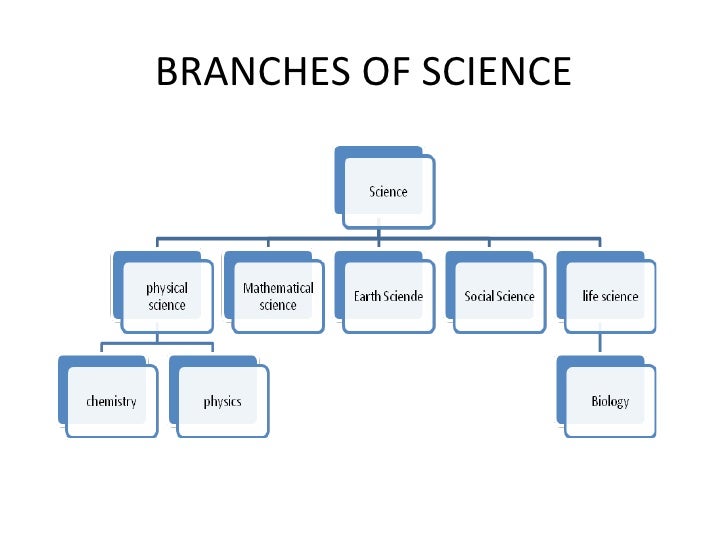The Branches of Science, also referred to as sciences, “scientific fields”, or “scientific disciplines,” are commonly divided into three major groups:
- Formal Sciences: the study of formal sciences, such as those under the branches of logic and mathematics, which use a priory, as opposed to empirical, methodology.
- Natural Sciences: the study of natural phenomena (including cosmological, geological, physical, chemical, and biological factors of the universe). Natural science can be divided into two main branches: physical sciences and life science (or biological science).
- Social Sciences the study of human behavior in its social and cultural aspects.
Natural and social sciences are empirical sciences, meaning that the knowledge must be based on observable phenomena and must be capable of being verified by other researchers working under the same conditions. This verifiability may well vary even within a scientific discipline.
Natural, social, and formal science make up the fundamental sciences, which form the basis of interdisciplinary and applied sciences such as engineering and medicine. Specialized scientific disciplines that exist in multiple categories may include parts of other scientific disciplines but often possess their own terminologies and expertise.
FORMAL SCIENCES:
Unlike other branches, the formal sciences are not concerned with the validity of theories based on observations in the real world (empirical knowledge), but rather with the properties of formal sciences based on definitions and rules. Hence there is disagreement on whether the formal sciences actually constitute a science. Methods of the formal sciences are, however, essential to the construction and testing of scientific models dealing with observable reality, and major advances in formal sciences have often enabled major advances in the empirical sciences.
NATURAL SCIENCES:
Natural science can be divided into two main branches: life science and physical science. Life science is alternatively known as biology, and physical science is subdivided into branches: physics, chemistry, astronomy and Earth science. These branches of natural science may be further divided into more specialized branches (also known as fields)
SOCIAL SCIENCES:
Positivist social scientists use methods resembling those of the natural sciences as tools for understanding society, and so define science in its stricter modern sense. Interpretivist social scientists, by contrast, may use social critique or symbolic interpretation rather than constructing empirically falsifiable theories, and thus treat science in its broader sense. In modern academic practice, researchers are often eclectic, using multiple methodologies (for instance, by combining both quantitative and qualitative research). The term “social research” has also acquired a degree of autonomy as practitioners from various disciplines share in its aims and methods.
BELOW IS A CHARTER OF BRANCHES OF SCIENCE:


